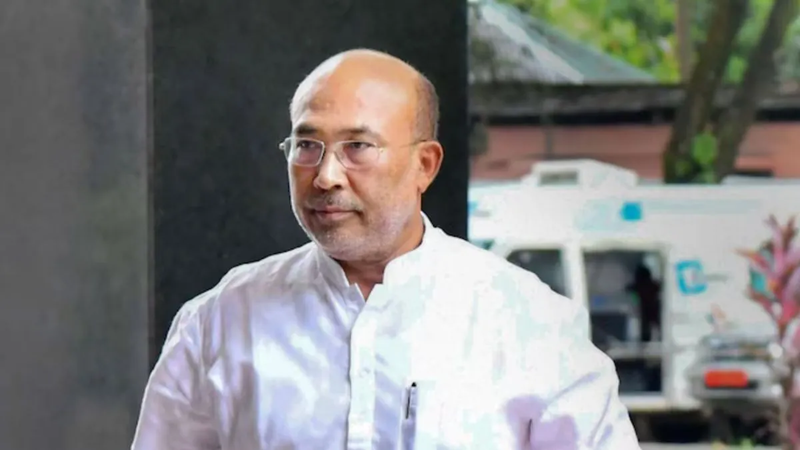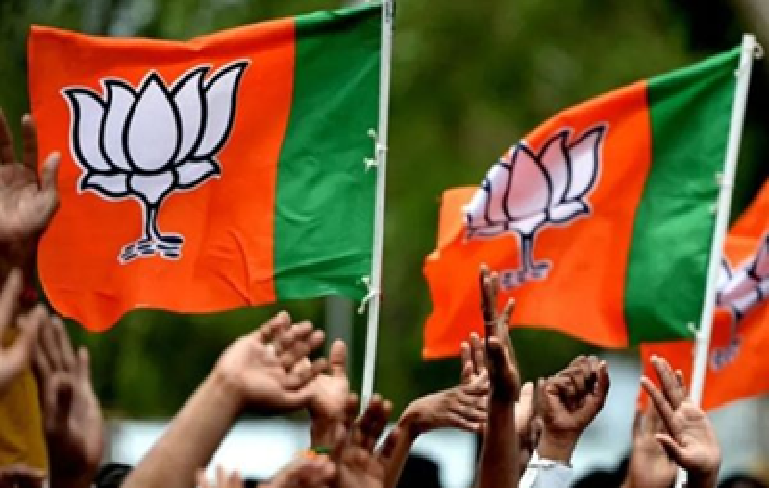.jpg)
Modi govt’s schemes fall flat. That’s the reality!
Five years ago, the Narendra Modi government grabbed headlines with a budgetary commitment for different schemes.
Five years later, all the euphoria surrounding the schemes seems to have died down, with the mainstream media not writing much on the success or failure of the 906 central schemes.
The Union government ran 906 central sector schemes in its last tenure, but underfunded 71.9% of them. On one out of every five schemes, the government spent less than half of what it promised in the budget, as per data available on government websites.
The budgetary slashing symbolises Narendra Modi’s penchant for billboard governance, a term coined by political analysts, meaning highly visible headline grabbing governance initiatives that’s propped up long enough to delight commoners’ memory, but gets defunded once the euphoria dies.
The government uses the well-known political trick to rebrand, rename, repackage and rebuild existing schemes, some of them decades-old, with tweaks.
A peek into the last five years schemes and their budgetary slashing listed in budgets over five years from FY 2019-2020 to FY 2023-24, reveals that the government underfunded 651 or 71.9% of the 906 schemes.
Of all the budget cuts, the harshest cut was reflected in the welfare schemes. At least 75% of the welfare schemes got less money than what the government had promised. These data are available on the government’s own websites.
The next major area the government focused on cutting back funds promised in the budget were infrastructure schemes; nearly 73% of the infrastructure schemes.
Defence, industry and PSU-related schemes came third, fourth and fifth in terms of budget and spending mismatch. While the majority of schemes fell short of promised allocations over the period of five years, the total actual expenditure of all 906 schemes is higher than the total budgeted estimates.
Perhaps what was not so surprising was that the government hiked spending on some welfare schemes in the run-up to the 2024 Lok Sabha elections after years of plummeting budgeted estimates.
In her maiden budget speech, Finance Minister Nirmala Sitharaman had outlined how the government would help develop 75,000 skilled rural entrepreneurs in agro-rural industry sectors through a scheme called ASPIRE.
Over the next four financial years, the government committed to cumulatively spend Rs 137 crore.
However, it has spent only Rs 31 crore in this period, 22.7% of the promised amount. Alongside ASPIRE, Sitharaman mentioned SFURTI, a scheme for upgrading traditional industries. Spending on SFURTI steadily rose until 2022-23, when the government aimed for Rs 334 crore but only spent Rs 1.95 crore.
Similarly, the following fiscal year, the government spent Rs 2.5 crore against a budget estimate of Rs 280 crore. One of the biggest failures of the Modi government has been in the implementation of pension schemes.
In a rare moment of admission of lack of imagination in naming new pan-India projects , while attempting to deflect questions on government failure, the government said people mixed up Pradhan Mantri Karam Yogi Maan Dhan with another pension scheme called Pradhan Mantri Shram Yogi Maan Dhan launched just four months ahead of it.
In the government’s own words, multiple pension schemes clashed and undercut each other. When the Parliamentary Standing Committee questioned the government, it passed part of the blame to a third pension scheme of an older Atal Pension Yojana launched in 2015 for unorganised sector workers.
 English daily published in Bengaluru & Doha
English daily published in Bengaluru & Doha






